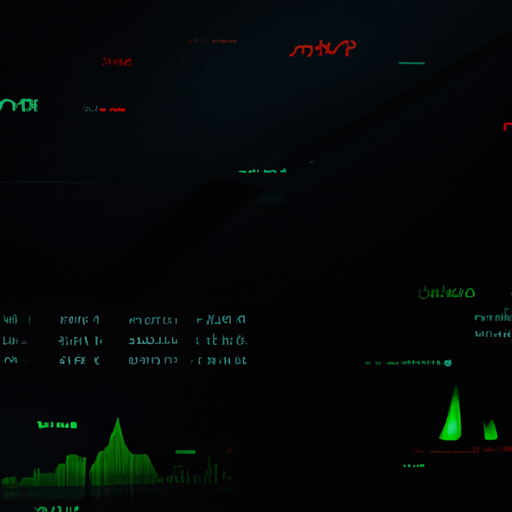- Table of Contents
The Role of Big Data and Machine Learning in Forex Trading

Forex trading, also known as foreign exchange trading, is the buying and selling of currencies on the foreign exchange market. It is one of the largest and most liquid financial markets in the world, with trillions of dollars traded daily. In recent years, the use of big data and machine learning in forex trading has revolutionized the way traders analyze and make decisions in the market.
Understanding Big Data in Forex Trading
Big data refers to the vast amount of structured and unstructured data that is generated in the forex market every second. This data includes price movements, trading volumes, economic indicators, news events, and more. By analyzing this data, traders can gain valuable insights into market trends and make more informed trading decisions.
- Big data allows traders to identify patterns and correlations in the market that may not be apparent to the naked eye.
- By analyzing historical data, traders can backtest trading strategies and optimize their trading algorithms for better performance.
- Big data can also be used to predict market movements and identify potential trading opportunities before they happen.
The Role of Machine Learning in Forex Trading
Machine learning is a subset of artificial intelligence that uses algorithms to analyze data, learn from it, and make predictions. In forex trading, machine learning algorithms can be used to analyze big data and make real-time trading decisions based on patterns and trends in the market.
- Machine learning algorithms can analyze large datasets much faster and more accurately than human traders, allowing for quicker decision-making in the market.
- These algorithms can adapt to changing market conditions and adjust trading strategies accordingly, leading to more consistent and profitable trading results.
- Machine learning can also be used for sentiment analysis, where algorithms analyze news articles, social media posts, and other sources of information to gauge market sentiment and make predictions about future price movements.
Case Studies and Examples
There are several examples of how big data and machine learning have been successfully applied in forex trading. One notable example is the use of machine learning algorithms to predict currency exchange rates based on historical data and market trends. By analyzing large datasets of price movements and economic indicators, these algorithms can make accurate predictions about future price movements and help traders make profitable trades.
Another example is the use of sentiment analysis in forex trading. By analyzing news articles, social media posts, and other sources of information, machine learning algorithms can gauge market sentiment and predict how traders will react to certain events. This information can be used to make informed trading decisions and capitalize on market trends.
Conclusion
Big data and machine learning have revolutionized the way traders analyze and make decisions in the forex market. By leveraging the power of big data and machine learning algorithms, traders can gain valuable insights into market trends, predict price movements, and make more informed trading decisions. As technology continues to advance, the role of big data and machine learning in forex trading is only expected to grow, providing traders with new opportunities to succeed in the market.